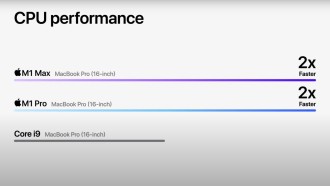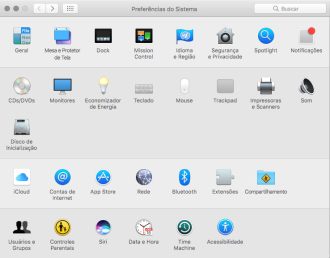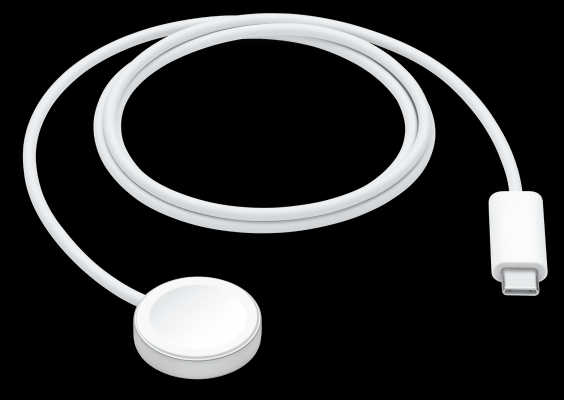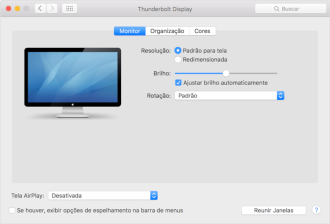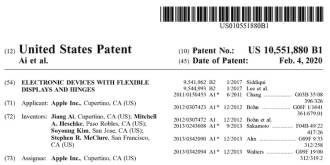With the announcement of the new MacBook Pro today (18), Apple presented its new ARM processors, aimed at the professional environment, where users need greater processing power to perform heavier tasks such as editing videos and images, in addition to the production of games. If the performance of the Macbook Air with the Apple Silicon M1 is already incredible compared to notebooks with Intel or AMD CPUs, the new ARM M1 Pro and M1 Max processors have arrived to deliver great processing power with very low energy consumption with a considerably smaller.
In November last year, Apple announced its first ARM processor to be used in the new MacBook Air, the M1. Clearly this release represented a big change in the notebook market, as the processor developed by Apple achieved amazing performance with very little heat generation and low power consumption. Because of this, the ultra-thin notebook did not have a fan ("fan") for cooling. As the M1 Pro and M1 Max are more powerful processors, a more robust cooling system is already needed, which, in the case of the new Macbook Pro, used 2 coolers.
Observation: Apple Silicon is the name of the line of Apple processors with ARM architecture.
Taking notebook processor performance and power consumption to another level
In terms of CPU, according to Apple, the M1 Pro and M1 Max processors are capable of delivering higher performance with considerably lower power consumption compared to a notebook with a quad-core processor and even when looking at an 8-core chip. . This is the best of both worlds for a user who needs a portable computer for their professional activities, as most of the time we have a high energy consumption when running heavy programs, thus delivering a low battery life capacity for this kind of usage.
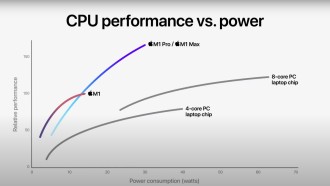
Looking at the GPU of Apple's new ARM processors that were developed for the new MacBook Pro, we also see surprising performance comparing how much performance is achieved with an extremely low consumption level. According to Apple, the M1 Max's GPU is 40% more energy efficient compared to a notebook with integrated graphics (example: Intel graphics) than a processor.
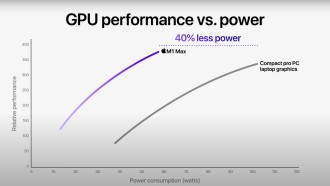
In addition to the above, Apple also claims that its M1 Max processor is capable of consuming 100W less compared to a high-performance notebook.
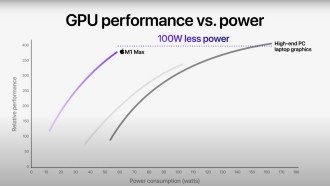
Differences between the M1 Pro and the M1 Max
The ARM processors found in the new MacBook Pros, the M1 Pro and the M1 Max have significant performance differences, but should be chosen based on user needs, as both are already considerably more powerful than the M1, present in the MacBook Air. Check out the main features of each of them below.
Processador ARM Apple Silicon M1 Pro
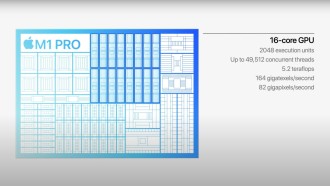
- 200GB/s of memory bandwidth
- Up to 32GB of memory
- ProRes
- 2x more transistors than the M1
- 70% faster than the M1
- CPU up to 10 cores
- Up to 16 core GPU
- Neural Engine
- Thunderbolt 4
- Support up to 2 external displays
Processador ARM Apple Silicon M1 Max
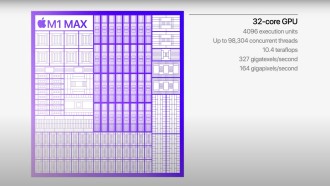
- 400GB/s of memory bandwidth
- 32-core GPU
- 57 billion transistors
- Up to 64GB of memory
- ProRes
- Neural Engine
- Thunderbolt 4
- Support up to 4 external displays
It is interesting to note that, according to Apple, the M1 Pro and M1 Max processors are up to 2 times faster than an Intel Core i9, present in the old 16-inch version of the MacBook Pro.
Apple announces MacBook Pro with M1 Pro and M1 Max, iPhone design and mini-LED screen
